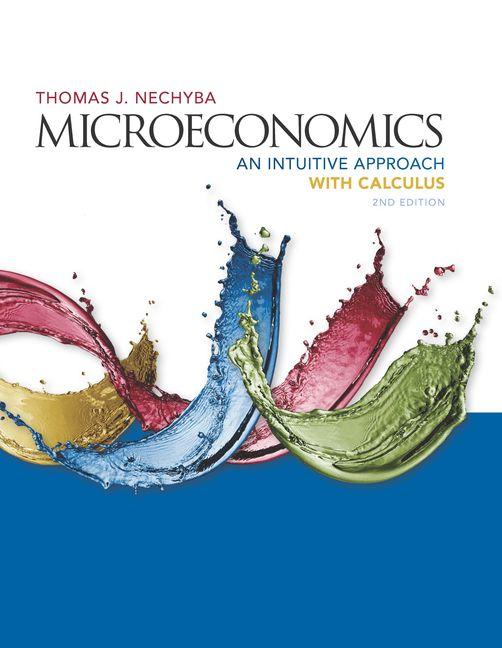Question
In 1625, Peter Minuit arrived in New Netherlands, a Dutch colony in North America. A year later he purchased the island of Manhattan from Native
In 1625, Peter Minuit arrived in New Netherlands, a Dutch colony in North America. A year later he
purchased the island of Manhattan from Native Americans for $24. At the outset, it seems like he paid
buttons for the island, which is somewhat ironic given that the currency used was glass beads and
trinkets. In 2014, Rutgers University economists wrote a paper estimating the land value of Manhattan
to be worth $1.4trn. But deciding who came off better in that deal is less obvious than it first seems.
Let's suppose that the Native Americans had a good financial planner. Knowing that this cash was
surplus to everyday living expenses, they took that $24 and invested it. The type of investment isn't
important. Let's say this investment returned 7% every year subsequently. Ten years later, that same
$24 gaining 7% a year will have doubled to $48. After 20 years the original investment has quadrupled
to $96. A century later (1726) and the investment would be up more than 1000 times to around
$24,000. Today that $24 investment would be worth $8,4trn. (=$24*(1+7%)393) Million-Billion-
Trillion (1 and 12 zeros =1012 ) To put that in perspective, the entire wealth of the US is estimated at
$100trn. In the end, Minuit have an asset worth $1.4trn and the Native Americans an asset worth
$8trn. Perhaps not such a bad deal after all.
https://www.independent.ie/business/personal-finance/manhattan-island-deal-provides-historic
compound-interest-lesson-37185530.html
In fact, we are in a good position to check (at least theoretically) for whom this transaction was actually
beneficial from today's perspective. Thanks to an outstanding Bank of England paper, [Staff Working
Paper No. 845 Eight centuries of global real interest rates, R-G, and the 'suprasecular' decline, 1311-
2018 Paul Schmelzing January 2020] we have access to long time series of interest rates for major
economies (including the USA). The paper and interest rate data were uploaded to our website. Your
task is to assess the benefits of this transaction between 1625-2018. (i.e who according to you is
finally better off on this deal?) Please assume that the initial amount is $24 and the benchmark to
which we compare the result is $ 1.4 trillion (in short/US numeric scale = $1 400 000 000 000). Use
real interest rates rather than nominal. For the period where data for the USA are not available, use
the global averages . Check whether the use of moving averages (7 years) significantly changes the
final result in relation to raw data. Please estimate the value of the annual interest rate necessary to
reach the benchmark over the above time span.
Time series of interest rates are available in the excel file (spreadsheet IV Country level). For the
calculation of Future Value with multiple
interest rates please refer to:
https://www.journalofaccountancy.com/issues/2018/mar/excel-functions-calculate-time-value-of
money.html As an answer, please send the estimated value with a short explanation, who you think
made a better deal. In addition please read the BoE paper and explain whether the current trend of
falling interest rates is an exception or rather a rule in economic history. Do you see the dangers of
low interest rates for the reliability of the discounted cash flow valuation method? How can you
counteract them?
https://financialpost.com/investing/a-critical-idea-in-valuing-stocks-is-being-made-obsolete-by-low
rates
Step by Step Solution
There are 3 Steps involved in it
Step: 1

Get Instant Access to Expert-Tailored Solutions
See step-by-step solutions with expert insights and AI powered tools for academic success
Step: 2

Step: 3

Ace Your Homework with AI
Get the answers you need in no time with our AI-driven, step-by-step assistance
Get Started


